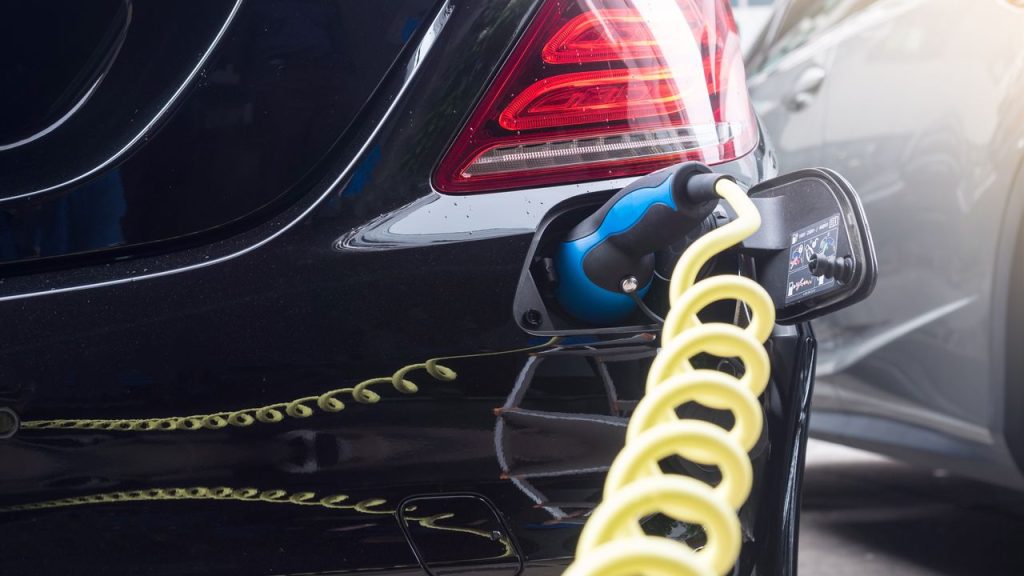Fast Charging vs. Slow Charging for Electric Vehicles: Debunking Range Anxiety
As the popularity of electric vehicles (EVs) continues to rise, one of the biggest concerns for potential buyers is range anxiety. This is the fear of running out of battery power before reaching their destination. While advancements in battery technology have significantly improved the range of EVs, the charging speed and time still play a crucial role in alleviating range anxiety. In this article, we will explore the differences between fast charging and slow charging, and how they impact the overall charging experience.
Charging Speed: Fast Charging Takes the Lead
When it comes to charging speed, fast charging undoubtedly takes the lead. Fast charging stations, also known as Level 3 or DC fast chargers, can charge an EV’s battery to 80% or more in as little as 30 minutes. This is a significant advantage for EV owners who are always on the go and need a quick top-up during their journey.
On the other hand, slow charging, often referred to as Level 1 or Level 2 charging, relies on standard household outlets or dedicated charging stations. While slower than fast charging, it is still a viable option for overnight charging at home or during extended periods of parking. Slow charging typically takes several hours to fully charge an EV’s battery, depending on the vehicle’s range and battery capacity.
Charging Time: Convenience vs. Patience
Charging time is another crucial factor to consider when comparing fast charging and slow charging. Fast charging offers the convenience of quickly replenishing the battery, allowing EV owners to get back on the road with minimal downtime. This is particularly beneficial for long-distance trips or when time is of the essence.
On the other hand, slow charging requires more patience. It is best suited for scenarios where the vehicle will be parked for an extended period, such as overnight charging at home or during work hours. While slow charging may not be ideal for those who are always on the move, it offers a practical solution for daily commuting or regular use within a limited range.
Choosing the Right Charging Option
When it comes to choosing between fast charging and slow charging, it ultimately depends on your specific needs and usage patterns. If you frequently embark on long journeys or require quick top-ups during the day, fast charging is the way to go. The ability to charge your EV to 80% or more in just 30 minutes significantly reduces range anxiety and ensures a seamless driving experience.
On the other hand, if you primarily use your EV for daily commuting or have access to overnight charging at home, slow charging may be a more practical and cost-effective option. While it may require more time, slow charging allows you to take advantage of off-peak electricity rates and ensures your EV is fully charged and ready to go each morning.
Conclusion
Fast charging and slow charging each have their own advantages and considerations. Fast charging offers the convenience of quick top-ups during long journeys, while slow charging is more suitable for daily commuting and overnight charging. By understanding your specific needs and usage patterns, you can choose the right charging option that best fits your lifestyle and helps alleviate range anxiety.


